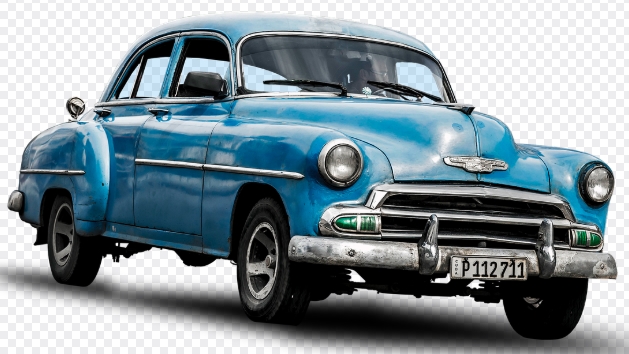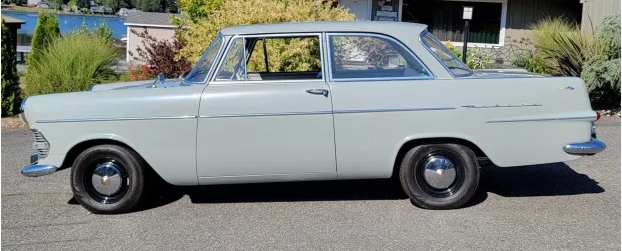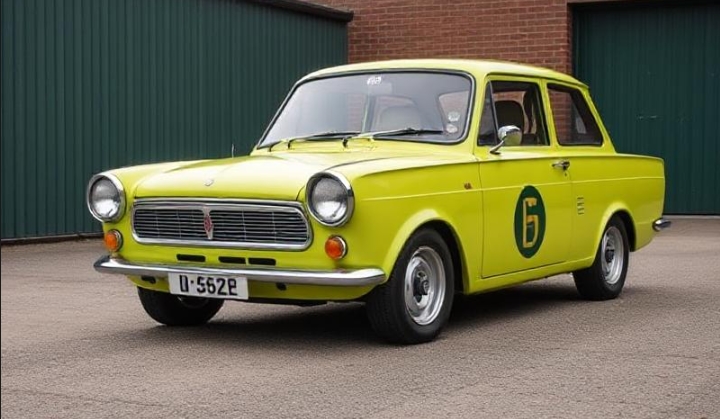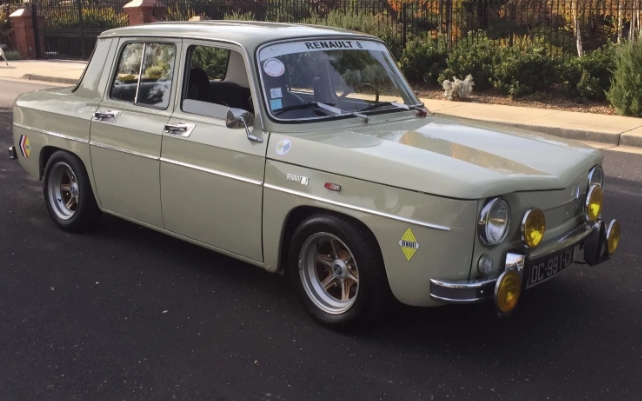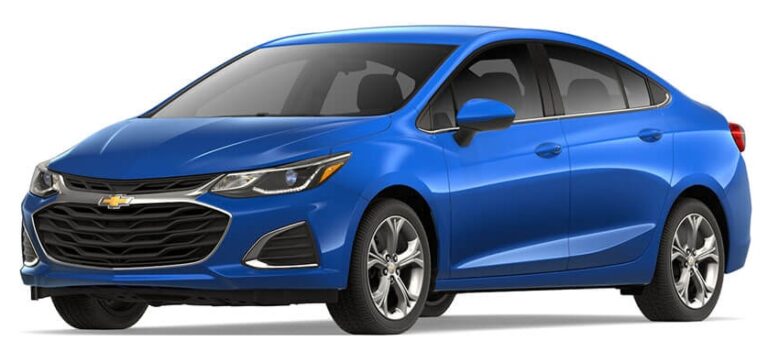The Evolution of the Chevrolet Deluxe: A Legacy of American Automotive History
The Chevrolet Deluxe stands as a significant chapter in American automotive history, reflecting the design, engineering, and consumer preferences across several decades. Spanning from the late 1930s to the early 1990s, this iconic nameplate underwent various transformations, evolving from a simple trim option to a dedicated model line. Let’s delve into the history and evolution of the Chevrolet Deluxe, exploring its notable models, trim levels, and the broader cultural impact it had on the automotive landscape.
1. Origins and Early Years (1933-1938)
The Chevrolet Deluxe nameplate was first introduced in 1933 as a trim level option for the Chevrolet Standard model. These early Deluxes offered a range of features designed to attract buyers looking for more comfort and style compared to standard offerings.
1933-1936: The Deluxe models introduced in these years featured improved styling, upgraded interiors, and more luxurious finishes. In 1935, Chevrolet launched the “Master” series, which included the Master Deluxe variant.
1937-1938: By 1937, the Master Deluxe became a significant part of Chevrolet’s lineup, bridging the gap between the standard models and higher-end offerings. The 1937 Master Deluxe showcased a more streamlined design with a more powerful 216 cubic inch six-cylinder engine, which provided increased performance. The success of the Master Deluxe solidified Chevrolet’s position in the affordable car market.
2. The Post-War Boom (1940s-1950s)
The 1940s and 1950s saw a resurgence in popularity for the Chevrolet Deluxe, coinciding with the economic boom following World War II. This era was marked by several style changes and expanded offerings.
1941-1948: Following the war, the Deluxe designation was offered throughout the 1940s, featuring classic and elegant designs. The 1947 model introduced the “Fleetline” body style, known for its aerodynamic shape, which continued to captivate buyers.
1950s: The 1950 model year became iconic with the introduction of the “Chevy Styleline.” This design characterized the 1950s and featured curved lines, tail fins, and vibrant colors. In 1953, the Deluxe brand became a trim level for the Chevy One-Fifty and One-Seventy models, offering customers stylish options for affordable family cars.
3. Introduction of the Impala and Changes in Market Position (1958-1965)
As the Chevrolet lineup expanded, the Chevy Deluxe nameplate began to transform. By the late 1950s, the modern consumer was leaning toward more mid-range models, notably the Chevrolet Impala, which was first introduced in 1958.
1958-1961: While the Chevrolet Deluxe was still available, demand waned significantly as the Impala and other mid-range models like the Bel Air captured the attention of the market. Though the Deluxe offered handsome styling and decent performance through the late ’50s, it was clear that Chevy’s future would lie in higher-tier offerings.
1962-1965: The Deluxe name began disappearing from the Chevrolet lineup. In the early ’60s, the focus shifted toward sporty models, with the Chevy II and Corvair gaining popularity. Eventually, the Deluxe was quietly phased out as promotions focused more on the lineup that included the Impala and newly designed compact cars.
.
Keep your vintage car battery alive during storage or over the winter with this!
Top Product: Battery Tender 1000 AMP Jump Starter
.
4. The Revival through Special Editions (1966-1990)
While the Chevrolet Deluxe would not see production as a standalone model for several decades, it did find a brief revival through special editions and commemorative models in later years.
1966-1976: Chevy occasionally offered the “Deluxe” trim as an option for select models like the Chevelle and Nova. These offerings featured improvements in interior comfort, style, and trim, appealing to nostalgic buyers who remembered the earlier Deluxe models.
1980s: In the 1980s, Chevrolet sought to reintroduce some of its classic names under new models. The Chevrolet St. Claire, introduced in the mid-’80s, briefly revived the “Deluxe” nomenclature, albeit as a special edition rather than a full model rebirth.
1990: The Chevrolet Deluxe as a formal designation made its last appearance in 1990 as a part of specific trim packages. At this point, however, the term had lost much of its original significance, with most buyers associating the name with lower-tier models.
5. Legacy and Cultural Impact
The Chevrolet Deluxe has left an indelible mark on both automotive history and American culture. It is not just a model or trim; it represents a chapter in the evolution of American automobiles.
The Deluxe line is often fondly remembered by enthusiasts and collectors for its classic lines, simpler engineering, and ability to encapsulate the essence of mid-century American life. Events such as the annual Chevrolet Club gatherings and Vintage Chevy conventions often see a range of Deluxe models proudly showcased, reflecting their timeless beauty.
Additionally, many Chevrolet Deluxes have become staples in classic car shows and restoration projects. Restorers often seek out these vehicles due to their iconic status and representation of an era when cars were symbols of freedom and prosperity.
Conclusion
The evolution of the Chevrolet Deluxe is a captivating journey through nearly six decades of automotive history. From its origins in the 1930s to its gradual transformation and ultimately, its decline, the Deluxe brand encapsulates the changing preferences of consumers and the broader trends in vehicle design and marketing.
While the Deluxe nameplate may have disappeared from the modern Chevrolet lineup, it remains emblematic of a time when the automobile was more than just a mode of transportation; it was a symbol of identity and aspiration in the American landscape. The Chevrolet Deluxe continues to hold a special place in the hearts of car enthusiasts and stands as a testament to the enduring legacy of American automotive endeavor.
